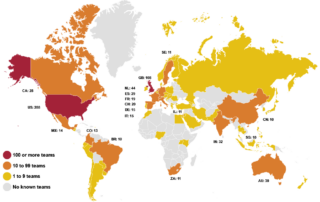What Behavioral Scientists Should Know about Hofstede’s Cultural Framework
Geert Hofstede revolutionized cultural research in the 1970s with a massive survey of IBM employees worldwide, using factor analysis to identify six key cultural dimensions. While his framework remains influential, it's essential for behavioral scientists to explore beyond these dimensions, acknowledge within-country diversity, and leverage modern research methods and technology. This nuanced approach can lead to more accurate and culturally sensitive insights in a rapidly evolving global landscape.











